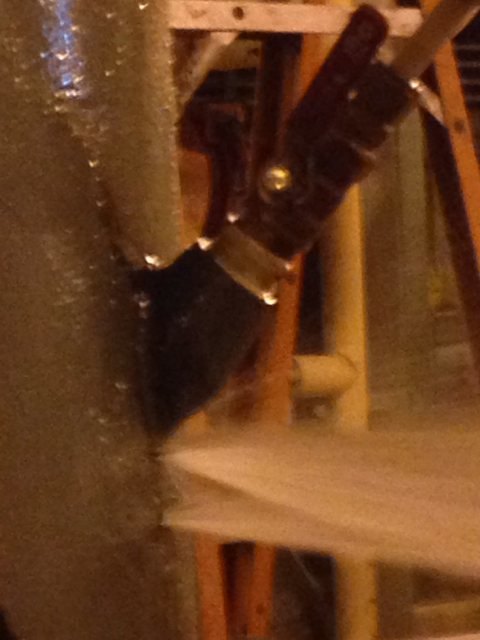Dear all,
What is the reliable, accurate and quick response way for on line pH control for waste water flowing in a 16" pipe, 500 m3/hr, do we need one electrode for the injection of acid or base solution and a second electrode, after the mixing time pipe length required to achieve the desired pH, for checking if the pH is in the required range ?
Do we need a special injection nozzle ? what is the time required for the pH correction ?
The 16" pipe is about 60 m long feeding a DGF (coagulant and flocculent are also added).
Best regards,
roker
What is the reliable, accurate and quick response way for on line pH control for waste water flowing in a 16" pipe, 500 m3/hr, do we need one electrode for the injection of acid or base solution and a second electrode, after the mixing time pipe length required to achieve the desired pH, for checking if the pH is in the required range ?
Do we need a special injection nozzle ? what is the time required for the pH correction ?
The 16" pipe is about 60 m long feeding a DGF (coagulant and flocculent are also added).
Best regards,
roker

